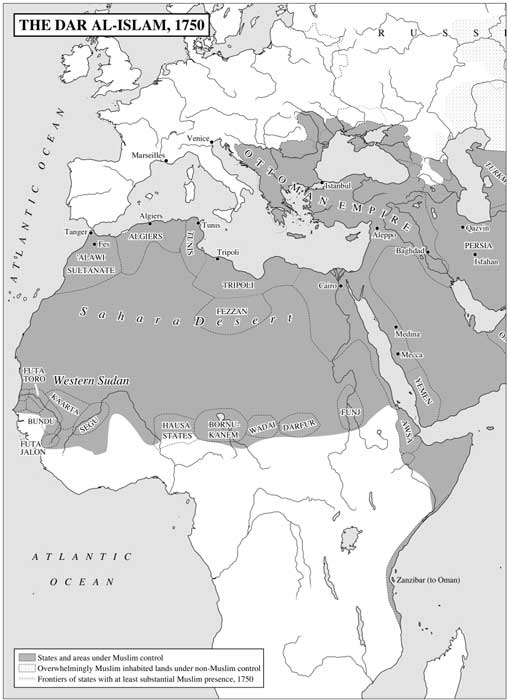Difference between revisions of "WHI-Chap14-Obj8"
| Line 2: | Line 2: | ||
Muslim trade was centered around the massive dar-al-Islam in the eastern hemisphere. Merchants were held in high esteem because Muhammad himself was a merchant. The dar-al-Islam was connected to the Chinese silk roads. The trade overland was mostly conducted with camel caravans which was more efficient because the camels needed less water, had light hoofs that would not sink into sand, could walk longer, and could hold heavier loads. Many innovations in sailing were made such as the compass, the lateen sail, and astrolabe. They began lending money, exchanging currency, organizing trade groups, and using letters of credit. | Muslim trade was centered around the massive dar-al-Islam in the eastern hemisphere. Merchants were held in high esteem because Muhammad himself was a merchant. The dar-al-Islam was connected to the Chinese silk roads. The trade overland was mostly conducted with camel caravans which was more efficient because the camels needed less water, had light hoofs that would not sink into sand, could walk longer, and could hold heavier loads. Many innovations in sailing were made such as the compass, the lateen sail, and astrolabe. They began lending money, exchanging currency, organizing trade groups, and using letters of credit. | ||
| + | |||
| + | http://www.historyonmaps.com/BWSamples/big/Dar_al_left.jpg | ||
Revision as of 23:14, 9 May 2010
Describe Muslim trade practices, routes and trade goods, as well as innovations in sailing which expanded Muslim trade routes.
Muslim trade was centered around the massive dar-al-Islam in the eastern hemisphere. Merchants were held in high esteem because Muhammad himself was a merchant. The dar-al-Islam was connected to the Chinese silk roads. The trade overland was mostly conducted with camel caravans which was more efficient because the camels needed less water, had light hoofs that would not sink into sand, could walk longer, and could hold heavier loads. Many innovations in sailing were made such as the compass, the lateen sail, and astrolabe. They began lending money, exchanging currency, organizing trade groups, and using letters of credit.
